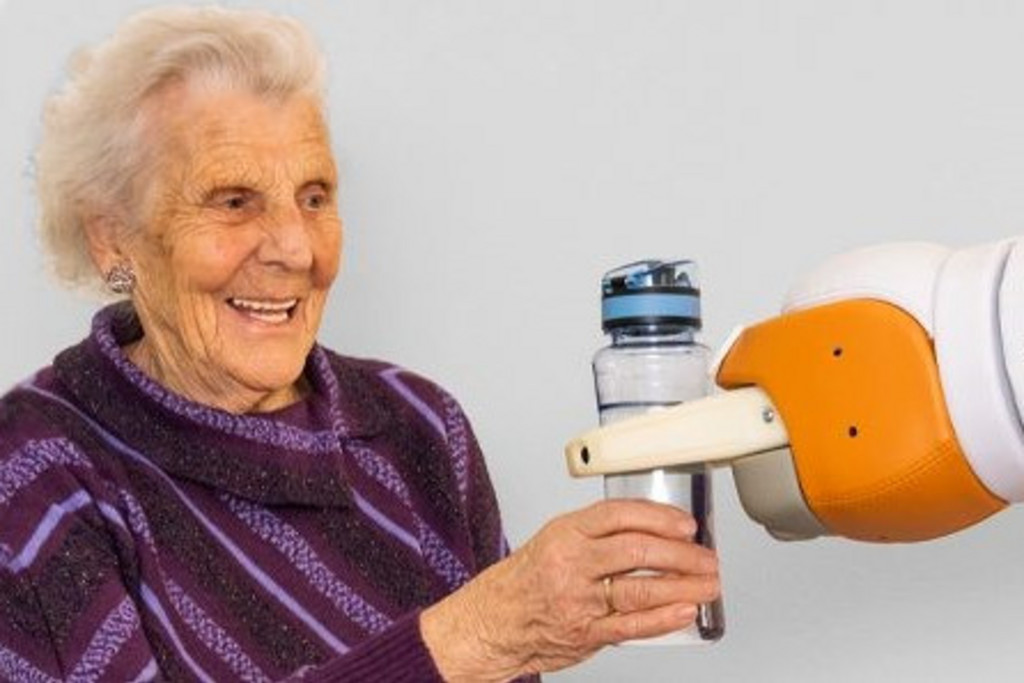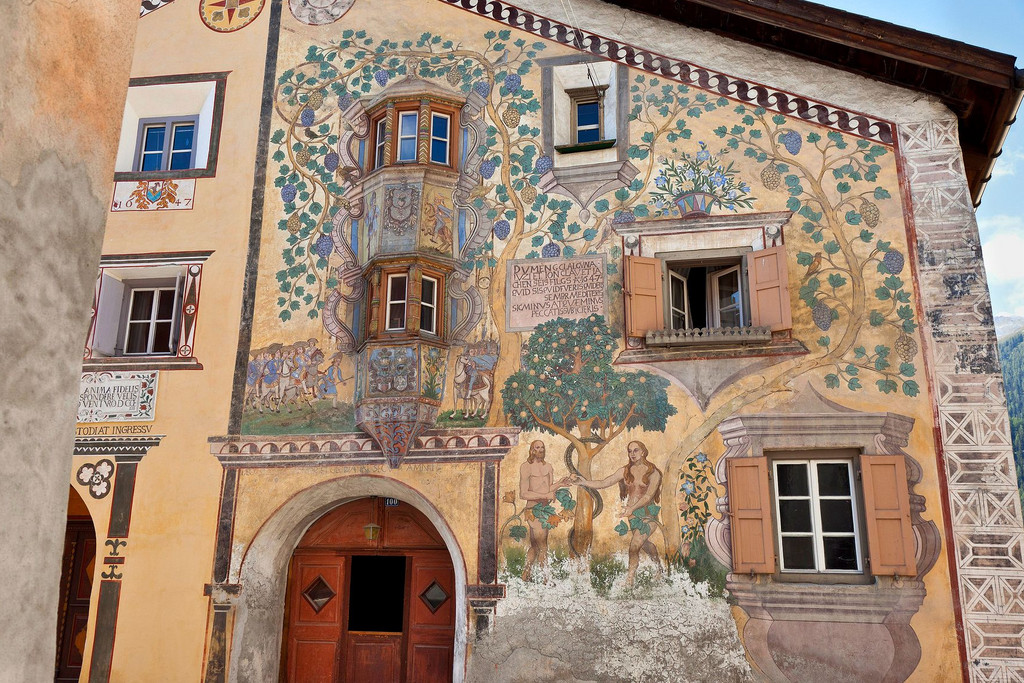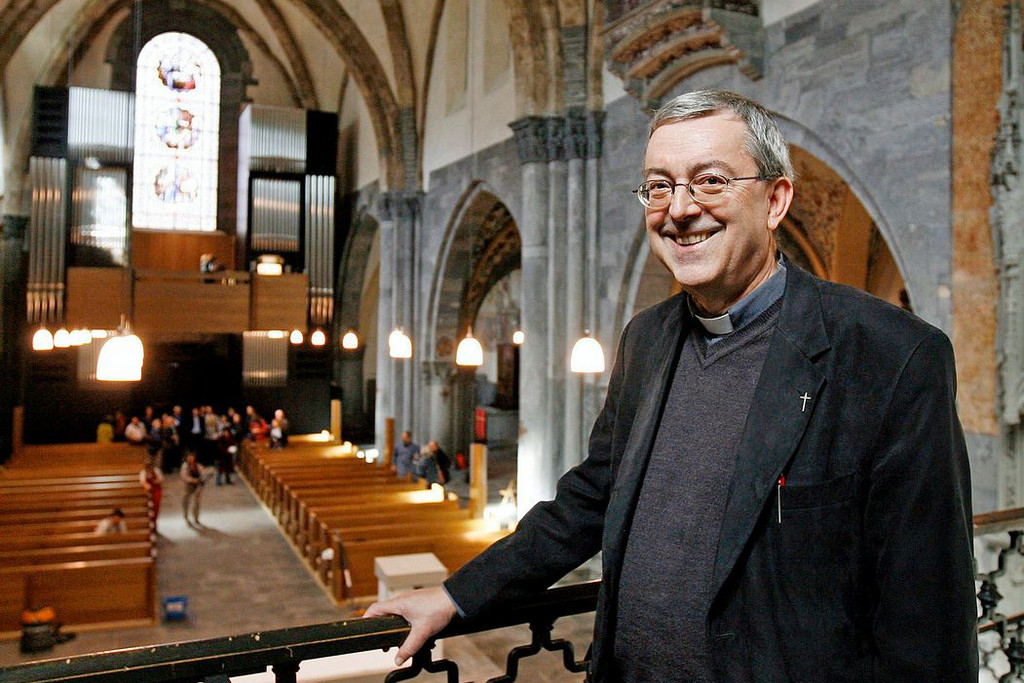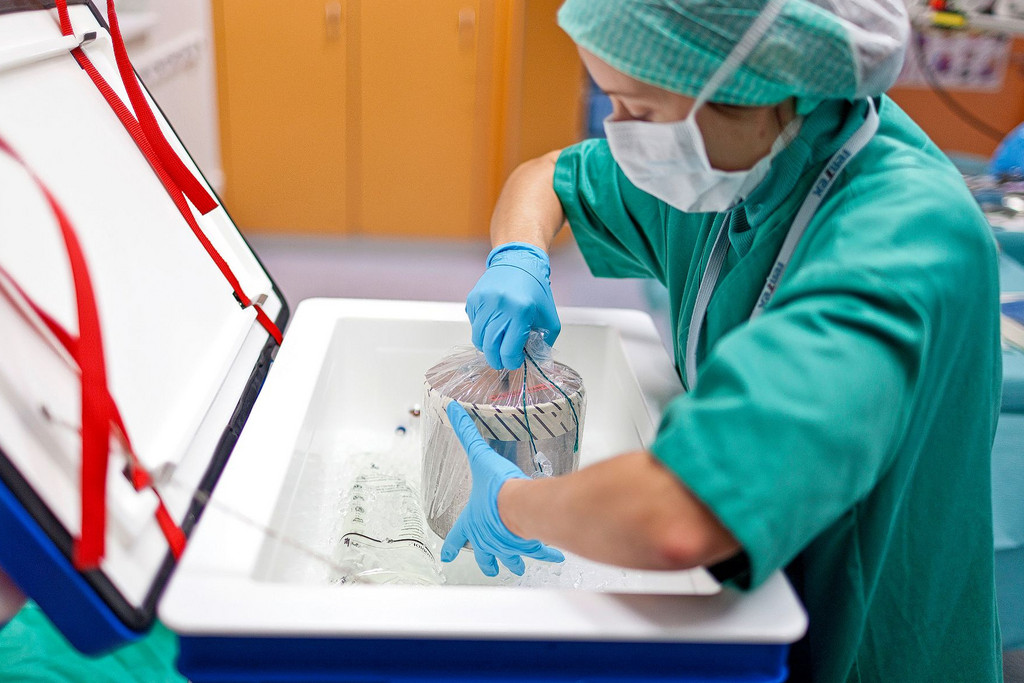Regarding the way Geneva is laid out on each side of these two borders, there is a local joke that goes, “it’s a miracle that the roads between France and the canton join up”. In comparison, the Basel region, another area which is part of a route used by tens of thousands of cross-border commuters, “is often cited as a cross-border cooperation success story, both at a political level and in terms of transport management”, according to the geographer Yann Dubois, in his doctoral work at the Swiss Federal Institute of Technology in Lausanne (EPFL). To back up his claim, he adds that there are cross-border RER commuter trains, trams and buses in the area.
Straddling two French departments and the cantons of Vaud and Geneva, Greater Geneva sometimes gives the impression that it is flourishing regardless of its situation as a region. This economic area with almost a million inhabitants is experiencing high levels of car traffic and the vacancy rate for housing in the centre is almost zero (0.45 % in Geneva). “More than 90 % of housing construction in the urban area covering France, Vaud and Geneva is carried out in France, where it is easier to build. In the canton of Geneva, the city of Geneva is home to 42 % of the population, but provides 54 % of jobs,” French geographer Jean-Baptiste Delaugerre said in 2012. In 2017, several French politicians have criticised the new cantonal structure plan, accusing Geneva of not shouldering its responsibilities. In 2015, it managed to build a record number of 2,000 homes, giving a ten-year average of 1,500. However, the French believe that there needs to be around 3,500 built every year.
Cross-border commuters attracted by the services sector
In Basel and Geneva, industry and services in particular attract a record number of cross-border commuters: 60,000 people from the industrial sector have a permis g cross-border work permit, as do 86,000 from the services sector. On top of this second figure, there are around 20,000 Swiss cross-border commuters and 8,000 international public officials. In the lakeside city, almost 30 % of jobs are held by cross-border commuters – the middle classes move to France to find housing at affordable prices.
This exodus is taking place in a canton that has wanted to keep its countryside and villas in the suburban area, and has not built enough housing to cope with the jobs being created there (an increase of 20 % between 2000 and 2015).
French transport infrastructure (and that of Geneva itself) has experienced times of real scaling back. Between 1969 and 1995, just one tram operated in Geneva. Meanwhile, “Basel is often considered a good model in terms of public transport,” writes Yves Dubois. “It has achieved this thanks to its dense networks and its cross-border links, in addition to its pioneering role in integrating the different networks”, he says.
In Geneva, there was significant growth in the tram network at the start of the 2000s, but this momentum has not been sustained. The (re)construction of lines to the towns of Annemasse and Saint-£Julien is expected for 2021 and 2023. Furthermore, Geneva Public Transport (TPG) has seen its provision reduced by the State following a series of votes in favour of cheaper transport. The commercial speed of buses and trams was 16.5 km/h in 2016 (+0.09 km/h), compared to 19.7 km/h in Basel. Yet the law states that their speed must be at least 18 km/h on the main lines.
All the same, the Geneva region is developing its public transport. TPG is proposing 13 cross-border lines, covering 66 kilometres of French territory. In 2016, 5.5 million journeys were made on these bus routes in France. In Basel, 8 km of the routes for the two BVB (Basel-City) cross-border train lines, tram 8 (1.5 million passengers in 2016) and bus 38 are on German territory. The Geneva region is pinning its hopes on the CEVA rail connection. This 16-kilometre line should come into service in 2019, linking the town of Annemasse (F) with Cornavin railway station. In particular, it will service the Champel district, located near to the canton’s hospital, where two thirds of the nursing staff are French. The CEVA will offer an alternative to cross-border commuters, more than 80 % of whom travel to work by car. A new network will be put into operation when it is launched, which will boast proper railway stations. French regional councillor Christian Dupessey has promised in the press that between 4 and 5 million passengers will pass through Annemasse.
Lisa Mazzone, President of the Association for Transport and the Environment (ATE) in Geneva, and a Green Party national councillor, welcomed the arrival of the CEVA, but is worried that it was being undertaken in a climate where public transport was not being supported enough. She is disappointed that there has been “a lack of political will from the State Council in a canton where people continue to use cars heavily, which is epitomised by the Mont-Blanc Bridge, practically a motorway right in the city centre”. She described Basel as having greater political will. “Choices have been made there. The system works and the people are happy,” she says.
Basel has had its missteps too
The German-speaking city-canton can boast of its pedestrian zones, which are almost non-existent in Geneva. However, things are not perfect. Jérôme Giovannoni, a chemical engineer who lives in Village-Neuf (F), works on the Novartis Campus. He says that Basel has traffic that is “heavy in the city and on the motorway, mainly as a result of heavy-goods vehicles in transit”, and describes “trains that are very reliable on the Swiss side, but less so on the French side, due to strikes and delays”. This cross-border commuter thinks that trams are very useful for moving about in the region, but his main problem is being able to park his car close to the border. “This will change when tram line 3 comes into service, which will link Saint-Louis (F) to Basel through a Park and Ride near to the railway station,” he says.
The ATE in Basel still believes that the cross-border network is “inadequate”. Stephanie Fuchs, its spokesperson, is disappointed that there is no three-country fare and that it has not been possible to put in place a general season ticket for Swiss Federal Railways outside Switzerland, among other things. She also notes that information about whether tickets are valid outside Switzerland is unclear. The association additionally points out that there has been a change imposed upon Basel for the S-Bahn train that links Rheinfelden (S) to Mulhouse (F), and that there is a bad connection between the two railway stations in Basel. However, the ATE welcomes the introduction of the new tram line 3 and the regular transport provided on the bus and train lines.
Nevertheless, the Basel conurbation is experiencing a problem with traffic congestion, notes geographer Yann Dubois. According to his study, 42 % of the region’s inhabitants use a car every day. In Basel, the percentage of people driving their car every day is 11 %, while this figure is 80 % in the suburban French area. The researcher shows that the strong drive in Basel to use public transport has not been greatly noticed by commuters. On the Swiss side, “hardly anyone uses cars exclusively, while public transport has an important place in the lives of people in Basel”.
In Geneva, the canton where the constitution establishes that all forms of transport are equal, 180,000 cars enter at the borders each day. A recent law provides for priority areas for public transport, but the State Council “chooses to increase traffic flow with green waves, which means even more cars”, says the Green Party councillor Lisa Mazzone. The canton also decided to allow motor vehicles with two wheels to travel in bus lanes. However, the project was blocked by legal action by the City of Geneva “to protect its inhabitants from air and noise pollution”.
Picture Many cross-border commuters from Germany travel to their workplace in Basel by car. Photo: Keystone











Comments
Comments :
Je ne suis pas sûr que le moyen de promouvoir les transports publics soit de pénaliser les transports privés. Il faut qu'ils soient concurrentiels. Les désavantages des transports publics sont:
- souvent manque de proximité du domicile et de la destination et des horaires pas assez étoffés.
- le prix
et pour certains, la promiscuité et la sécurité personnelle.
C'est quand même plus confortable de circuler assis dans sa voiture que debout dans un bus ou tram trop plein.
J'ai lu récemment le magnifique cadeau du CF et CFF pour les vieux qui renoncent à la voiture. Une aumône comparé à l'existant à Prague où à partir de 70 ans, les transports publiques sont gratuits.